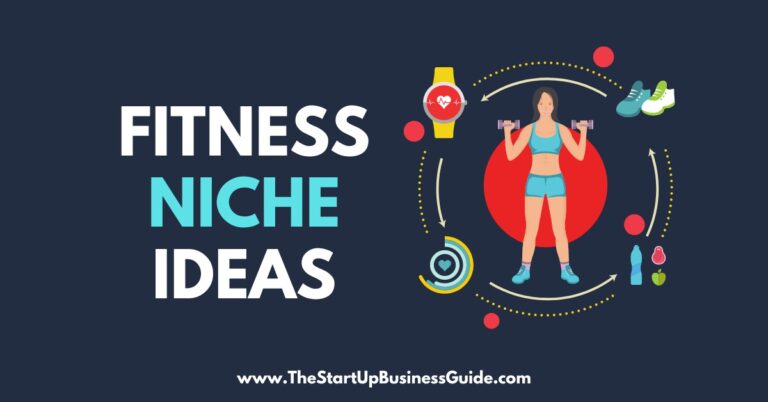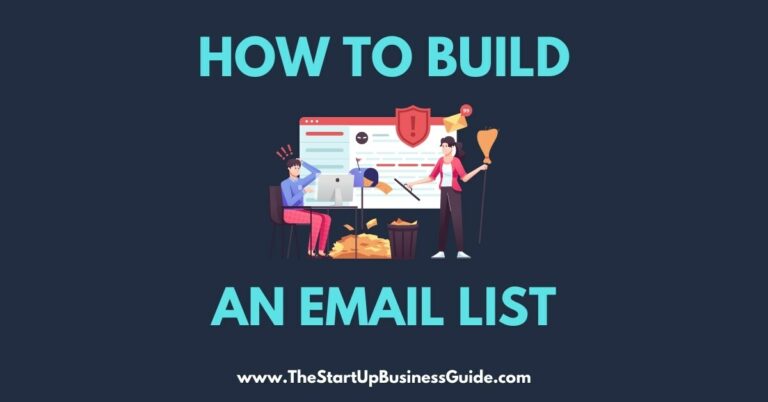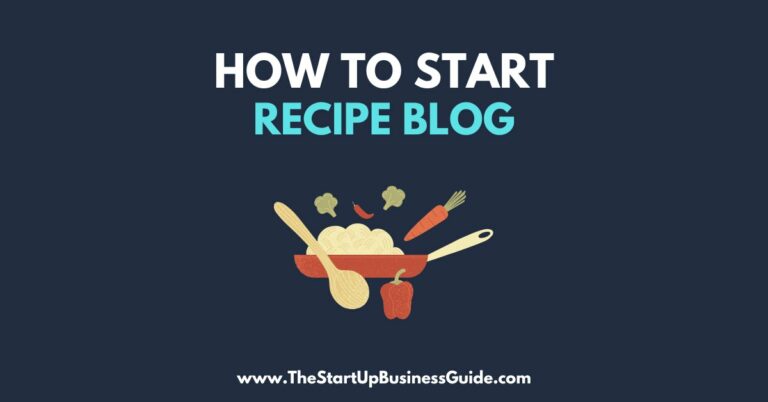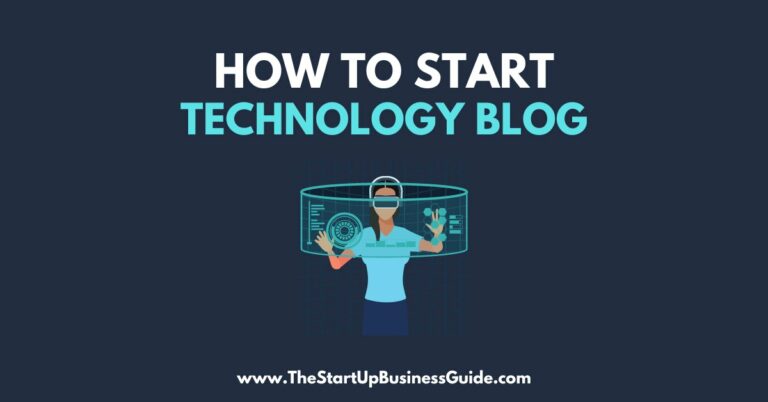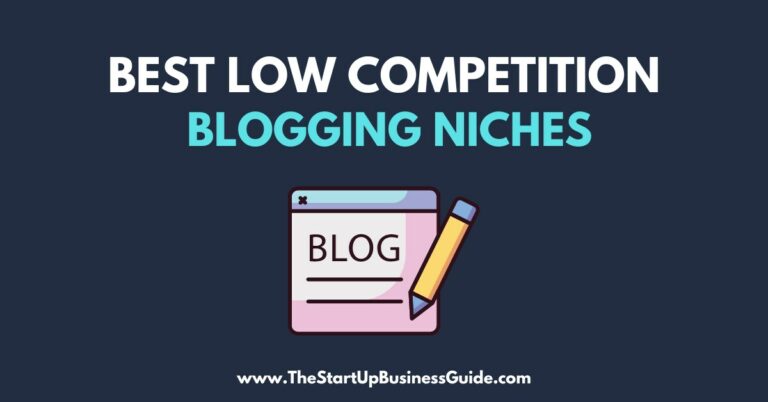How to Start a Food Blog
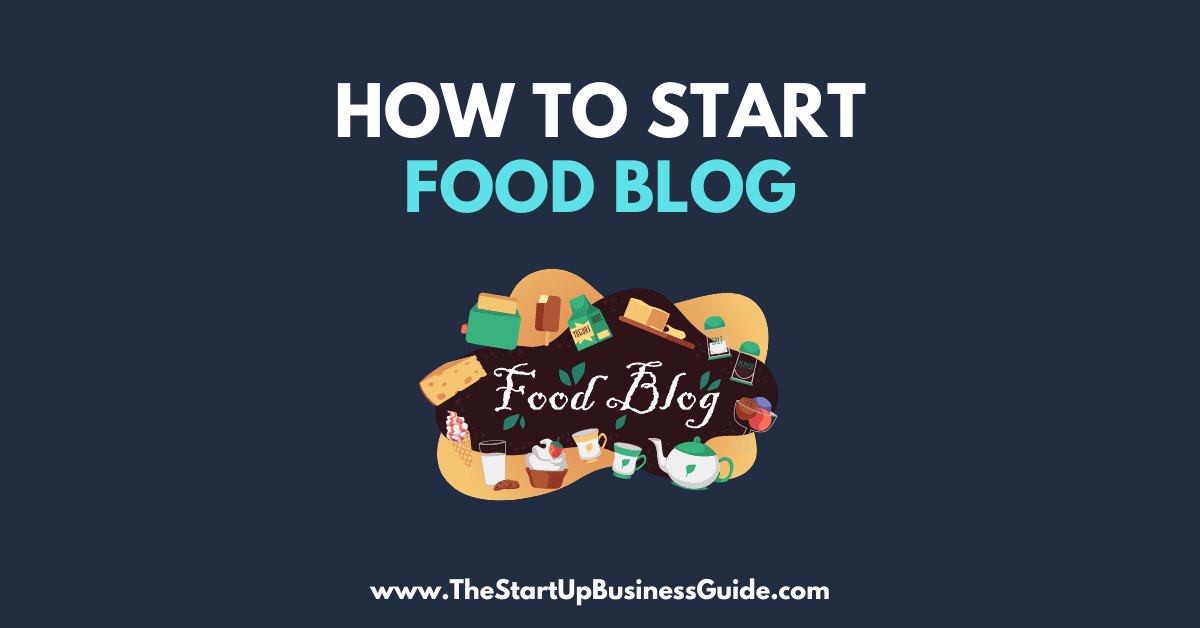
Starting a food blog can be a fun and rewarding experience.
Not only will you get to share your love of food with others, but you may also be able to monetize your blog and make a career out of it.
In this article, we’ll cover the steps involved in starting a food blog, from choosing a niche to building an audience.
By the end of this article, you’ll have a clear understanding of what it takes to start your own food blog.
Choosing a Niche
The first step in starting a food blog is choosing a niche.
A niche is a specific area of focus within the food blog world.
For example, some popular niches include vegan cooking, gluten-free recipes, and quick and easy meal ideas.
Choosing a niche is important because it allows you to stand out in a crowded market and attract a specific audience.
When choosing a niche, it’s essential to consider your interests and expertise.
Are you a vegan chef? Then a vegan cooking niche would be a perfect fit.
Are you a busy parent? Then a quick and easy meal ideas niche would be ideal.
Take some time to think about your passions and the types of food you enjoy cooking, and you’ll be well on your way to choosing the perfect niche for your food blog.
Setting up a Website
The next step in starting a food blog is setting up a website.
There are several different platforms available for creating a food blog website, including WordPress, Squarespace, and Wix.
Each platform has its pros and cons, so it’s essential to choose the one that best suits your needs.
WordPress is a popular choice for food bloggers because it’s open-source and offers a wide range of customization options.
Squarespace is another popular choice because it’s user-friendly and offers a range of templates that are perfect for food bloggers.
Wix is a good option for those who are new to blogging and want an easy-to-use platform.
When choosing a platform, consider your technical abilities, budget, and the features you need for your food blog.
For example, if you’re not technically inclined, a platform like Wix may be a better choice than WordPress.
Additionally, if you’re on a tight budget, a free platform like WordPress.com may be a better option than a paid platform like Squarespace.
Creating Content
Once your website is set up, it’s time to start creating content.
There are several different types of content that can be included on a food blog, including recipes, cooking tips, restaurant reviews, and personal stories.
The key to creating high-quality and engaging content that people will like is to laser focus on your niche and then give value to your audience.
When creating content, it’s essential to keep in mind your audience’s interests and needs.
For example, if your niche is vegan cooking, your audience will be interested in recipes that are both delicious and animal-free.
Further, if your niche is quick and easy meal ideas, your audience will be looking for recipes that can be made in 30 minutes or less.
To stay organized and consistent, it’s a good idea to create a content calendar.
This will help you plan out your content in advance and ensure that you’re always publishing new and engaging content for your audience.
Building an Audience
Once your website is up and running and you have a steady stream of content, it’s time to start building an audience.
The key to building an audience is to promote your food blog through social media and guest posting.
Social media platforms like Instagram, Facebook, and Twitter are great places to share your recipes, cooking tips, and restaurant reviews.
Further, guest posting on other food blogs can help build your audience and increase your visibility within the food blogging community.
When building your audience, it’s important to engage with your followers and respond to comments and messages.
This will help you build a relationship with your audience and create a sense of community around your food blog.
Monetizing your food blog through advertising and sponsored content is a great way to turn your passion into a career.
Advertising can be done through affiliate marketing, sponsored posts and displaying ads on your blog.
Conclusion
Starting a food blog can be a fun and rewarding experience.
By choosing a niche that aligns with your interests and expertise, setting up a website, creating high-quality, engaging content, and building an audience, you can turn your passion for food into a successful food blog.
Keep in mind that you have to be consistent and engaging with your content. Then, apply monetization methods in your blog to turn it into a career.
In conclusion, starting a food blog requires careful planning, research, and dedication.
But with the right approach, you can turn your passion for food into a successful food blog that generates income and provides value to your audience.
As you continue your journey, don’t hesitate to seek out additional resources and support from other food bloggers and experts in the field.
Also Read: How to start a Fashion Blog


